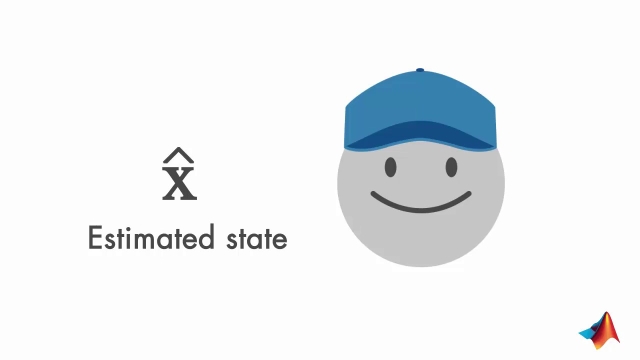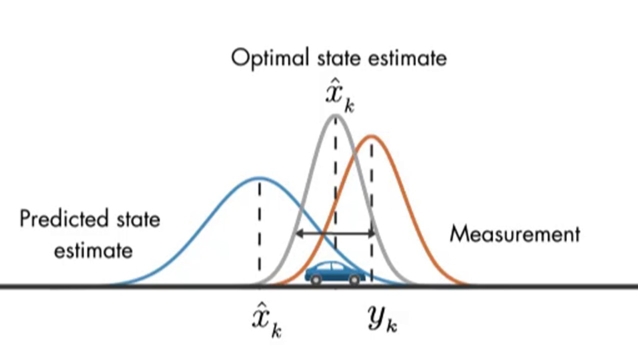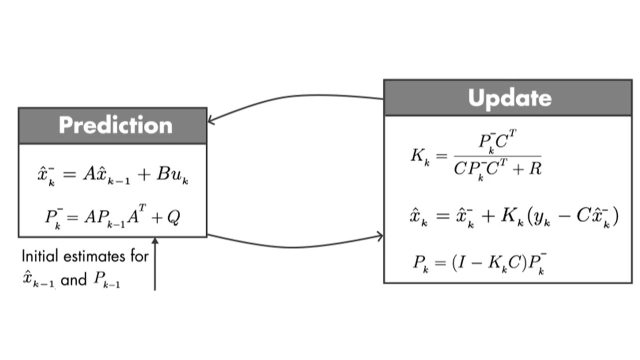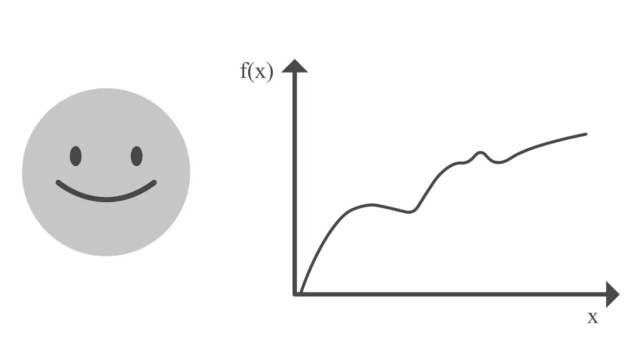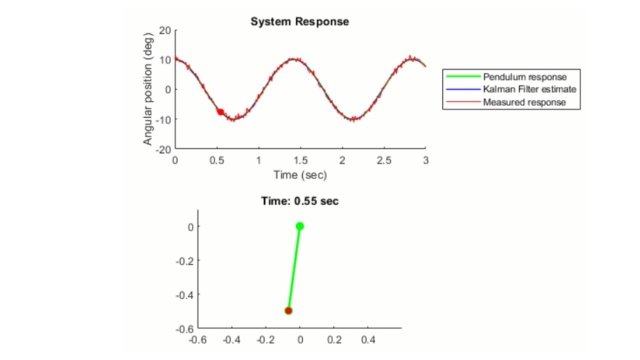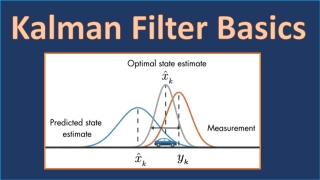
This journey consists of several educational videos to introduce the basics of Kalman filtering and a virtual lab to let you practice the design and implementation of linear and extended Kalman filters.
If you want to know why engineers use Kalman filters and why this is such a popular technique for state estimation, watch this video first before moving on to the next ones below. If you instead want to dive right into the workings of Kalman filters, you can skip this video.
Understanding Kalman Filters, Part 1: Why Use Kalman Filters?
Discover common uses of Kalman filters by walking through some examples. A Kalman filter is an optimal estimation algorithm used to estimate states of a system from indirect and uncertain...
See MoreA Kalman filter is an optimal state observer. Before we get to the optimality of Kalman filters, first gain an understanding of how state observers work and discover the math behind them.
Understanding Kalman Filters, Part 2: State Observers
Learn the working principles of state observers, and discover the math behind them. State observers are used for estimating the internal states of a system when you can’t directly measure...
See MoreInitially, it might be difficult to grasp Kalman filter concepts if you’re starting directly with the state estimation algorithm. Instead, walk through this example which explains visually the working principle of Kalman filters.
Understanding Kalman Filters, Part 3: An Optimal State Estimator
Watch this video for an explanation of how Kalman filters work. Kalman filters combine two sources of information, the predicted states and noisy measurements, to produce optimal, unbiased...
See MoreOnce you have a basic understanding of Kalman filters, you can watch this video to learn how Kalman filter algorithm computes the equations associated with the prediction and update steps.
Understanding Kalman Filters, Part 4: An Optimal State Estimator Algorithm
Discover the set of equations you need to implement a Kalman filter algorithm. You’ll learn how to perform the prediction and update steps of the Kalman filter algorithm, and you’ll see how...
See MoreA Kalman filter is defined for linear systems only so how do we deal with state estimation of real life systems as they mostly exhibit nonlinear behavior? There are different variations of Kalman filters such as Extended, Unscented Kalman filters and Particle filters that you can use for state estimation of nonlinear systems.
Understanding Kalman Filters, Part 5: Nonlinear State Estimators
This video explains the basic concepts behind nonlinear state estimators, including extended Kalman filters, unscented Kalman filters, and particle filters.
A Kalman filter is only defined...
See MoreIf you're not familiar with Simulink, this is a great resource to learn the basics of creating and simulating models in Simulink. Otherwise, feel free to proceed to the next step to practice design and implementation of Kalman filters.
Simulink Onramp
Learn the basics of how to create, edit, and simulate models in Simulink®. Use block diagrams to represent real-world systems and simulate components and algorithms.
See MoreTry it yourself! Download the Kalman filter virtual lab and practice design of a linear and extended Kalman filters using a simple pendulum example. You’ll be able to test your design with simulation and pendulum animations.
Kalman Filter Virtual Lab
The Kalman Filter virtual laboratory contains interactive exercises that let you study linear and extended Kalman filter design for state estimation of a simple pendulum system. The virtual...
See More

